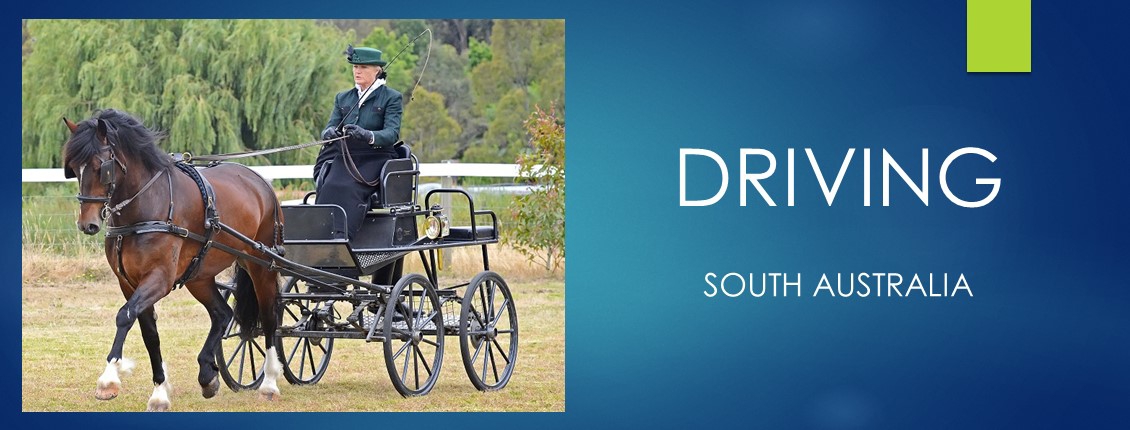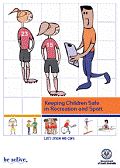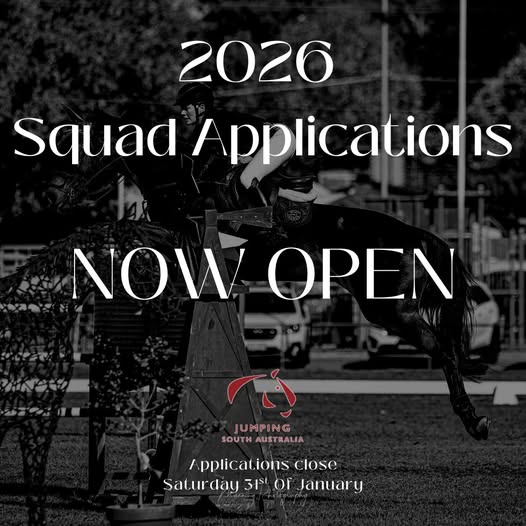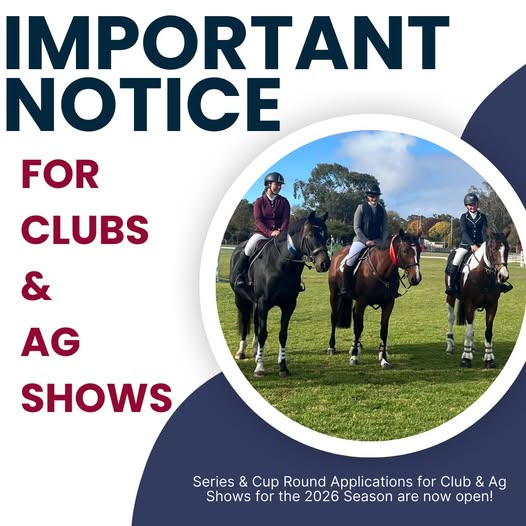**Please note that that this sport is in recess while we search for another committee of volunteers to support Carriage Driving**
For any queries please contact Equestrian SA Reception - Email: [email protected]
_____________________________________________
________________________________________________________________________________
What is Carriage Driving?
Driving is the oldest competitive equestrian sport. It is a discipline without riders; instead, drivers sit on a vehicle drawn by a single horse, a pair or a team of four. It consists of three phases: Dressage, Marathon and Obstacle Driving. Final placing is determined by the sum of the penalties accumulated over the three trials. Horses were driven long before they were ridden. Nowadays, mechanical vehicles have eliminated the need for horses as a primary form of transportation and Driving has turned into a fast-growing sports discipline. Driving became an FEI discipline in 1970.
Competition Carriage Driving Explained
The event is modelled along the lines of a ridden Three-Day Event. It was devised by Prince Philip with other driving enthusiasts in the late 1960's primarily for four-in-hand horse teams. Each country now has its own variations to the FEI Rules to suit their own unique conditions. FEI rules are used at World Championships and for International events. The competition is divided into three major Competitions:
- Competition A (1 & 2) Presentation & Dressage
- Competition B Marathon or Cross Country - Competition C Cone or Obstacle Drive
Competition A - Presentation (A1) and Dressage (A2)
Presentation is the overall judging of the turnout. The horses are judged on condition, appearance, shoeing etc. Vehicles and harness are judged on cleanliness, suitability, fit and safety. Finally the driver and groom are judged on their outfits - neat street attire including gloves, driving aprons or knee rugs or riding gear for the grooms. Period costume is not suitable for Carriage Driving events. Dressage is similar to ridden dressage - specific movements are performed in a defined arena. Tests require the driver to display control through voice, whip and reins, and the horses must display obedience, impulsion and correct paces. Driven dressage arenas are 40m x 100m, or 40m x 80m.
Competition B - The Marathon or Cross Country
This is the most exciting phase of the overall competition. Horses need to be fit to cover the distance, which may be up to 22 kms, in the required time. The course is divided into five timed sections A - E, and includes 2 walks (Secs. B & D) of approx. 1km and a fast trot section (C). Each height class has different times for each section and time penalties may be incurred. Each competitor carries maps of the course and stopwatches. A vet check takes place at the end of Section D to ensure horses are fit enough to continue. Section E is the most thrilling part of competition and it is here that competitions can be won or lost. Each hazard or marathon obstacle is a series of lettered "gates" that are negotiated at speed in correct sequence. Every competitor is timed and the faster the time the fewer the penalties. Drivers, when walking the course, take note of where shortcuts or chances can be taken in each hazard to reduce their time and penalties. Another vet check - an hour after the end of the marathon makes sure horses are not distressed or lame. Penalties may be given if horses have not recovered sufficiently by this time.
Competition C - Cone Driving or Obstacle Driving
This phase effectively replaces the showjumping round in a ridden event. The "Cones" are similar to traffic cones and each has a ball placed on top. If a ball is dislodged the driver receives 3 penalty points. Drivers have 20 - 40 cm clearance between their wheel widths and the cone. The course must be driven in correct numerical sequence and again each height class has its own time allowed. The Cone Drive is designed to test the fitness of the horse after the rigours of the Marathon.
Showing
Perhaps the most visible of harness activities, where the beautifully turned out horses wearing their meticulously cleaned harness pull their immaculate vehicles. Just as there are many different saddle classes, so too are there many different harness classes. The classes are divided according to either Horse or Pony Height, Breed, Vehicle, Combination - single or multiple, Open or Novice status or sometimes Driver.
Vehicles frequently seen in the show-ring include Buggies and Landaus - both 4 wheeled, Jinkers or Gigs - 2 wheeled. Many are original vehicles that have been painstakingly researched and restored.
The epitome of the show pony, the Hackney is the outstanding performer in the show-ring with it's high stepping 'action' and lightness of step. The Hackney is often seen pulling a Viceroy - a light 4 wheeled, pneumatic tyred vehicle designed specifically to show off the horse and its paces. Other breeds shown regularly include Shetlands, Australian Ponies, Andalsusians and Welsh Ponies and Cobs.
The Delivery or Tradesman's classes are becoming increasingly popular. Beautifully restored vehicles, pulled by stately Clydesdales, Percherons or Friesians, or derivatives, with bells jangling, often generate the most interest, especially amongst the old timers. In a world of virtual reality these are living reminders of our heritage as it is easy to imagine the streets filled with such vehicles and horses at their work.
Carriage Driving Links
CommitteeWe are seeking a new Committee for Carriage Driving! |
Rules & TestsView Driving Rules & Tests |
Carriage Driving AwardsCriteria for Carriage Driving Awards |
Carriage Driving SquadView |
Driving Instructional Day ReportsView |
ClinicsView |











